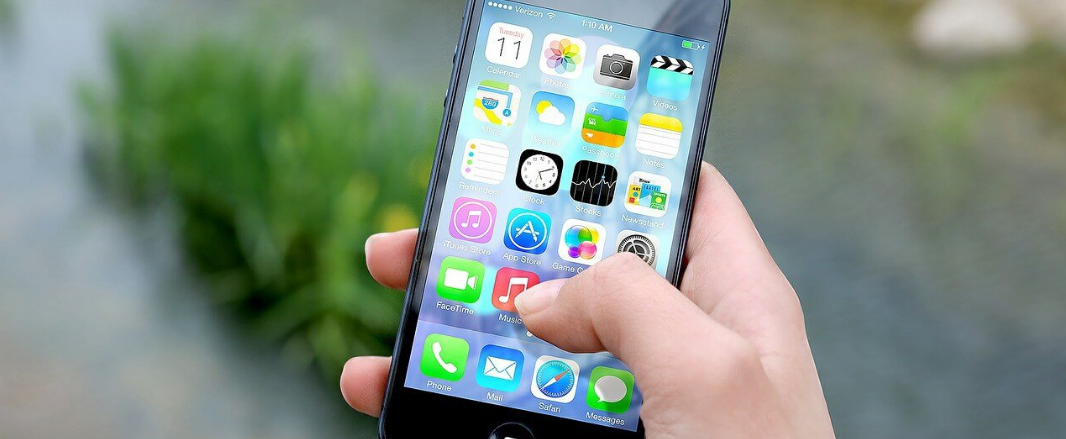In 2009, a study conducted by Deloitte predicted that by the end of 2016, 70% of mobile payment users would be less than 40 years old and the annual spend of this so-called Generation Y will be around $2.45trn just in the US.
But first of all, what is an m-payment? M-payment is the use of a mobile device to pay something, such as services, food, etc. A study by PwC showed that in October 2014, approximately 15% of the total purchases in Starbucks’ US stores were paid via its mobile app.
After this outstanding discovery, Starbucks decided to launch a new mobile program across the US in 2015, for customers to pre-order and avoid long queues and wait times. Apple had its newly launched iPhone 6 equipped with an e-wallet, which stores payment information and lets customers pay for items by holding the iPhone just in front of a reader and placing a finger over the fingerprint sensor.
Nevertheless, the m-payments landscape is more complicated and in continued evolution as there are several kinds of services (contactless), different technologies (QR codes and SMS) which allow the use the m-payment service.
Who Are The Clients?
First of all, financial institutions will use the technology, as m-payments offer them protection for current accounts and associated load products. Another advantage is that they provide the opportunity to reduce the use of cash and its relative costs, as well as the opportunity to service unbanked and underbanked communities in a cost-effective way.
Mobile network operators can play an important role too. Thanks to m-payments, they have the chance to recover the costs from infrastructure over the last ten years through an increase in airtime and data usage by consumers. M-payments also provide the opportunity to develop new revenues streams diversifying into new business areas based on incoming consumer needs and behaviors.
Other Beneficiaries
Of course, even merchants will be affected by these innovations. Possible upsides could be a higher throughput at the many points-of-sale (POS), and a plummet in service costs due to remote or unmanned POS locations. M-payments may also allow merchants to create deeper and better customer relationships and well-tailored shopping experiences, offering added value services such as digitalized loyalty cards and coupons.
M-payments could also enable consumers to make purchases when they want and where they want, thus becoming independent from cash and this, in turn, could decrease the risk of theft. The m-payment regulation can provide efficient and secure payment systems. This, in turn, may enable governments and countries with the possibility to enhance financial services.
The adoption of m-payments seems to provide great benefits to everyone, plus making life easier than before. However, there are many threats hidden behind these new payment systems. The main significant risk is cyber attacks.
As m-payments work online, the odds to be hit by these cyber attacks have been increasing over the last five years. Cyber attacks may result in stealing not only sensitive information but also credit card numbers. Moreover, the system that enables m-payments needs a handset capable of making a broad range of mobile payments.
Easier Transactions
Many companies are trying to exploit this new potential. For example, Visa took its first step towards the disruption of the payments market by asking its lenders to test a system that works by sending money over blockchain. The credit card company, which has been investigating blockchain potential for over 18 months, has teamed up with BTL Group, a digital payments startup, to use its technology for processing interbank payments.
This project is designed not only to “decrease the friction of domestic and cross-border transfers between banks,” but also to cut off costs and reduce settlement time and credit risk within the market for transferring money between banks both domestically and across borders.
Blockchain potential could even take on the SWIFT interbank payment system, the main messaging system used by banks to handle large money transfers. As a consequence, over the last few weeks, UBS, Santander, Deutsche Bank and BNY Mellon decided to team up with ICAP and Clearmatics to figure out how to develop a form of digital cash which they believe will be adopted as an industry standard to clear and settle financial trades over blockchain.
by: Emanuele Fabrri via themarketmogul.com
Contact us or dial 888-731-4443 and one of our solutions experts is happy to help you.

